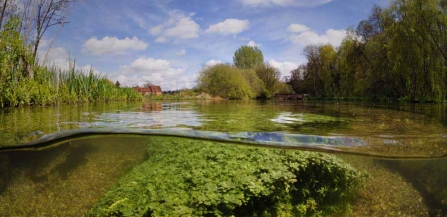Following the flooding of 55,000 properties in 2007, the Government commissioned the Pitt Review to assess the future of flood risk management and emergency planning. A key recommendation was the Government developing a long term plan towards adaptation and mitigation for climate change, being clear that the UK should prepare for more flooding.
This would require a joined up, strategic approach between central Government, local authorities and agencies, the Crown Estate and the private sector.
Yet since 2007 it is hard to see how a strategic approach has been implemented, and there has been no shift away from measuring flood protection effectiveness purely in terms of capital expenditure in hard flood defences.


